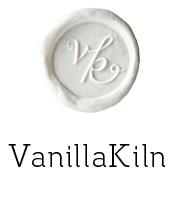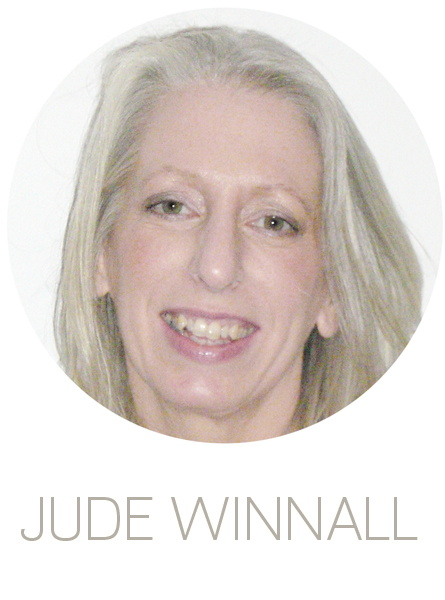
I am a designer-maker specialising in hand made porcelain jewellery and ceramics.
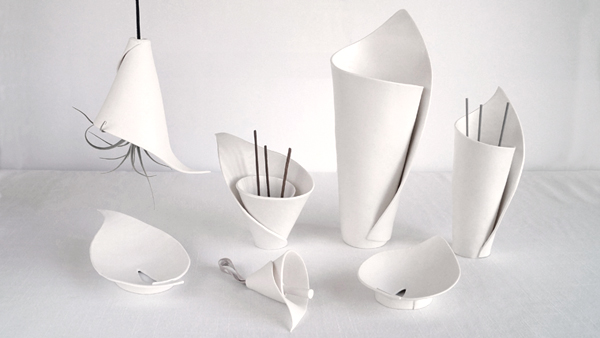
I was trained as a graphic designer and studied figurative sculpture for many years, and this background influences the style and diversity of my collections. After completing a ceramics course in 2006, I taught myself porcelain paper clay techniques, cone 6 glazing and precious metal lustre applications. More recently I have been learning silver-smithing skills to make original jewellery designs.
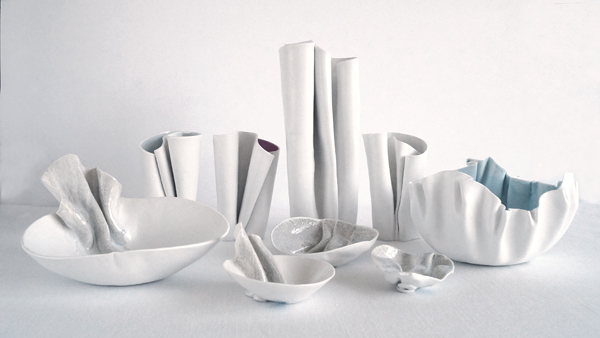
I have carefully chosen a colour palette made up of sophisticated pastels and tonal glazes – mostly blues, aquas, pinks, greys and whites. Enhanced with gold, platinum and mother of pearl lustres.
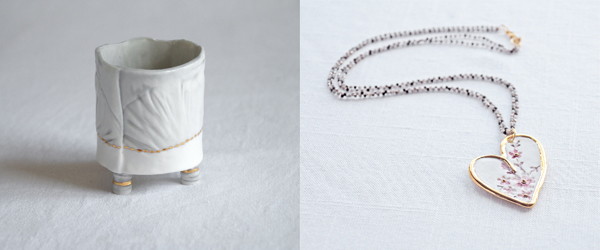
Most pieces of my jewellery and ceramics are unique due to the hand made processes. I have been selling my innovative designs since 2010 under the VanillaKiln brand and some of them have been featured in trend setting blogs.
I produce small batches every five to six weeks so do visit again to see refreshed stock. And do not hesitate to contact me if you would like something made to order.
PORCELAIN
Originally from China, porcelain is manufactured by many companies around the world and is well known for its white, translucent qualities. The porcelain I prefer is made in the UK and is loved by sculptors because of its wonderful malleability and strength. It contains paper fibres which enable very thin and intricate components to be created by hand – such as snowdrop flowers.
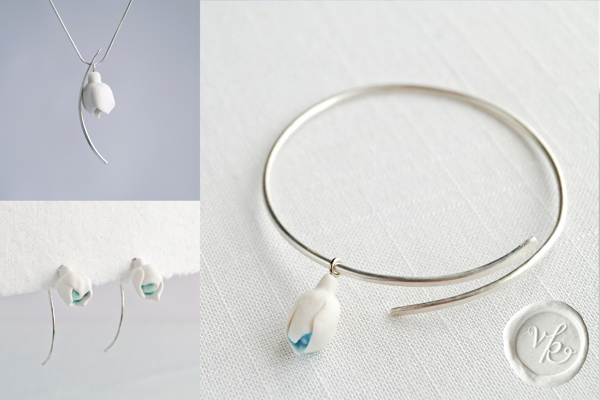
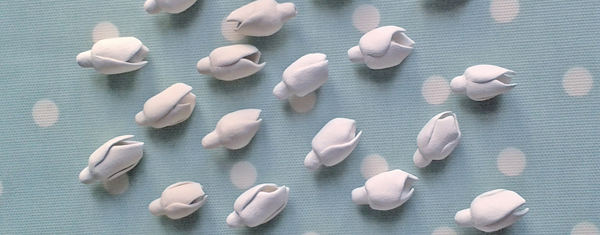
THE CERAMIC PROCESS
I like using an Ipad and the Paper app for sketching my ideas. The app produces lovely drawings and enables colour editing. However good old fashioned pencil, coloured pens and paper is often better for jewellery due to the precise and delicate nature of the finished pieces.
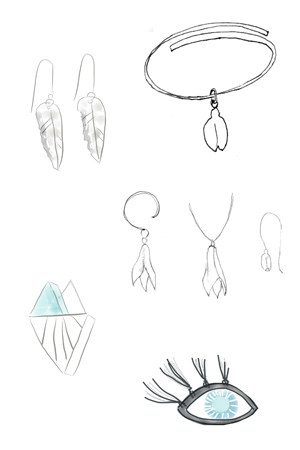
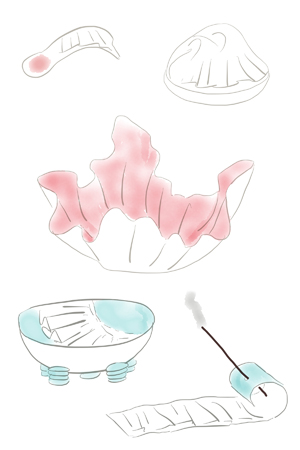
The next stage of the process often involves making paper prototypes and printing cardboard templates for use on rolled out slabs of clay.
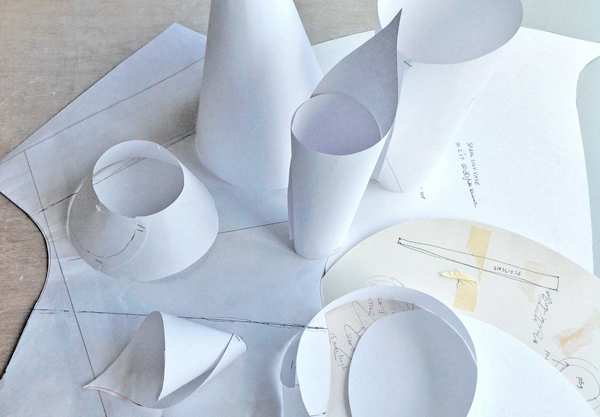
Whether I’m making a fluid freeform bowl or a rigid dish, the clay needs to be the right consistency before it can be impressed or cut to shape. Everything will be dried for a week or so before it is glazed.
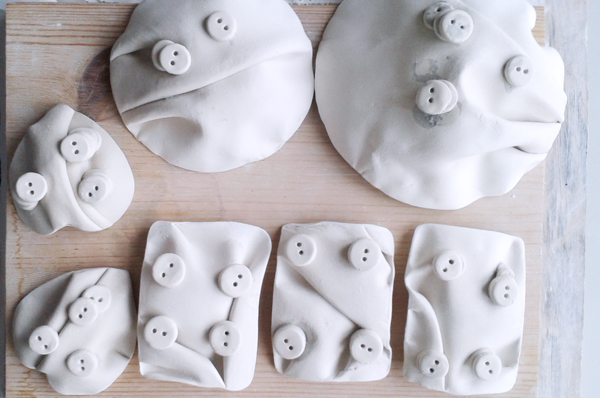
Most of my jewellery pieces are made individually by hand but sometimes I use a mould. The next image shows an original wax model and the mould making process.
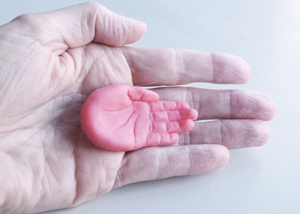
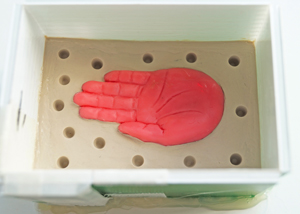
I use a "once fire" technique for glazing and firing. The glaze is applied to unfired (bone dry) pieces and left to dry for another four or five days.
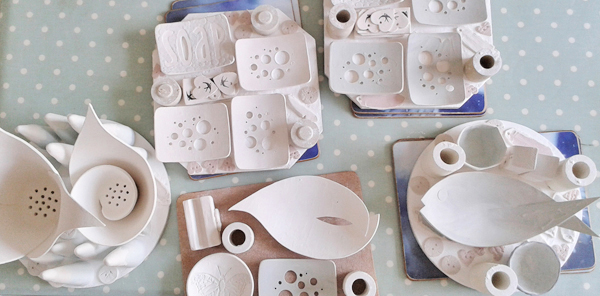
Everything is fired in my electric kiln. Most potters fire their work twice – which has its advantages – but once firing saves time and electricity. An important factor at the moment with energy prices being so high.
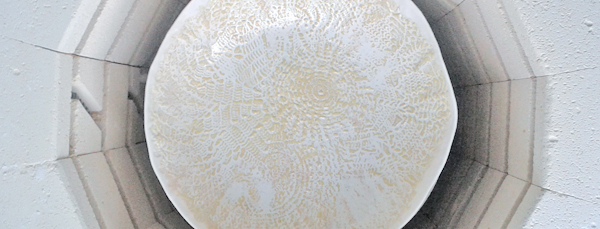
FINISHING
A steady hand and an additional kiln firing is required for lustre applications like gold and platinum which are fused permanently onto the glazed areas of porcelain.
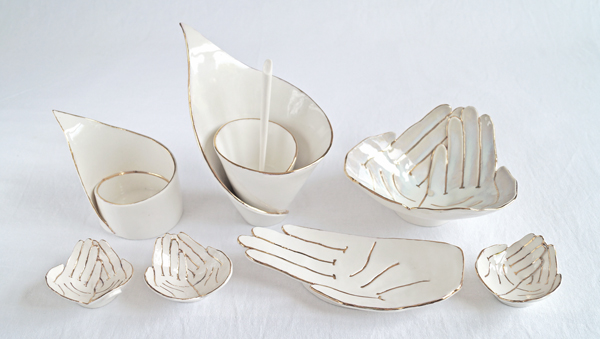
When assembling jewellery pieces I am mindful that people prefer good quality and lasting metal next to their skin so wherever possible the components will be made of the best materials.
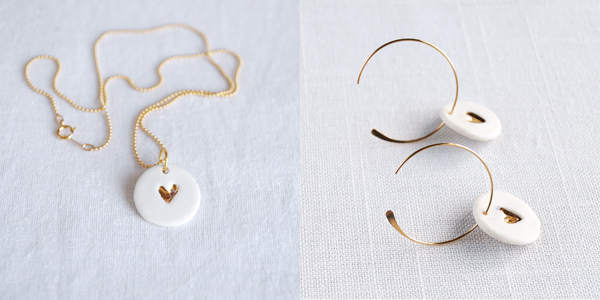
LOCATION
My studio is in Llandudno, North Wales where I am a ten minute walk from the sea and the high street.
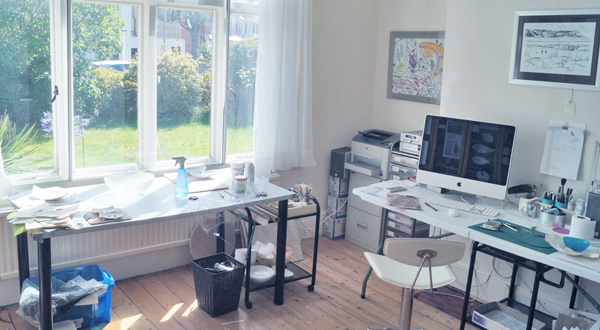
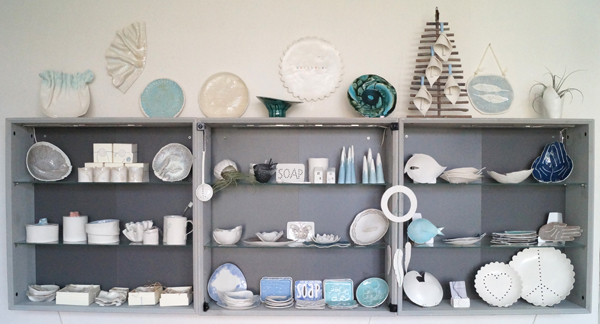
You may have heard about the Llandudno goats taking over the town at the beginning of the pandemic. There was such little traffic that the goats found it conducive to wander around town without a care in the world. Here are five young ones making themselves at home in our garden!
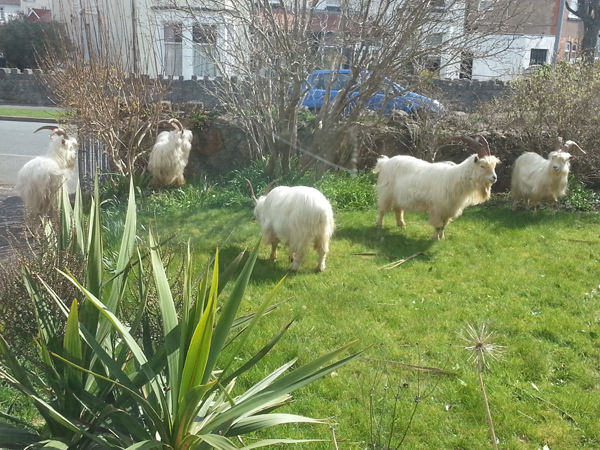
QUALIFICATIONS
City & Guilds Ceramics Certificate
BA Honours Degree, Manchester
